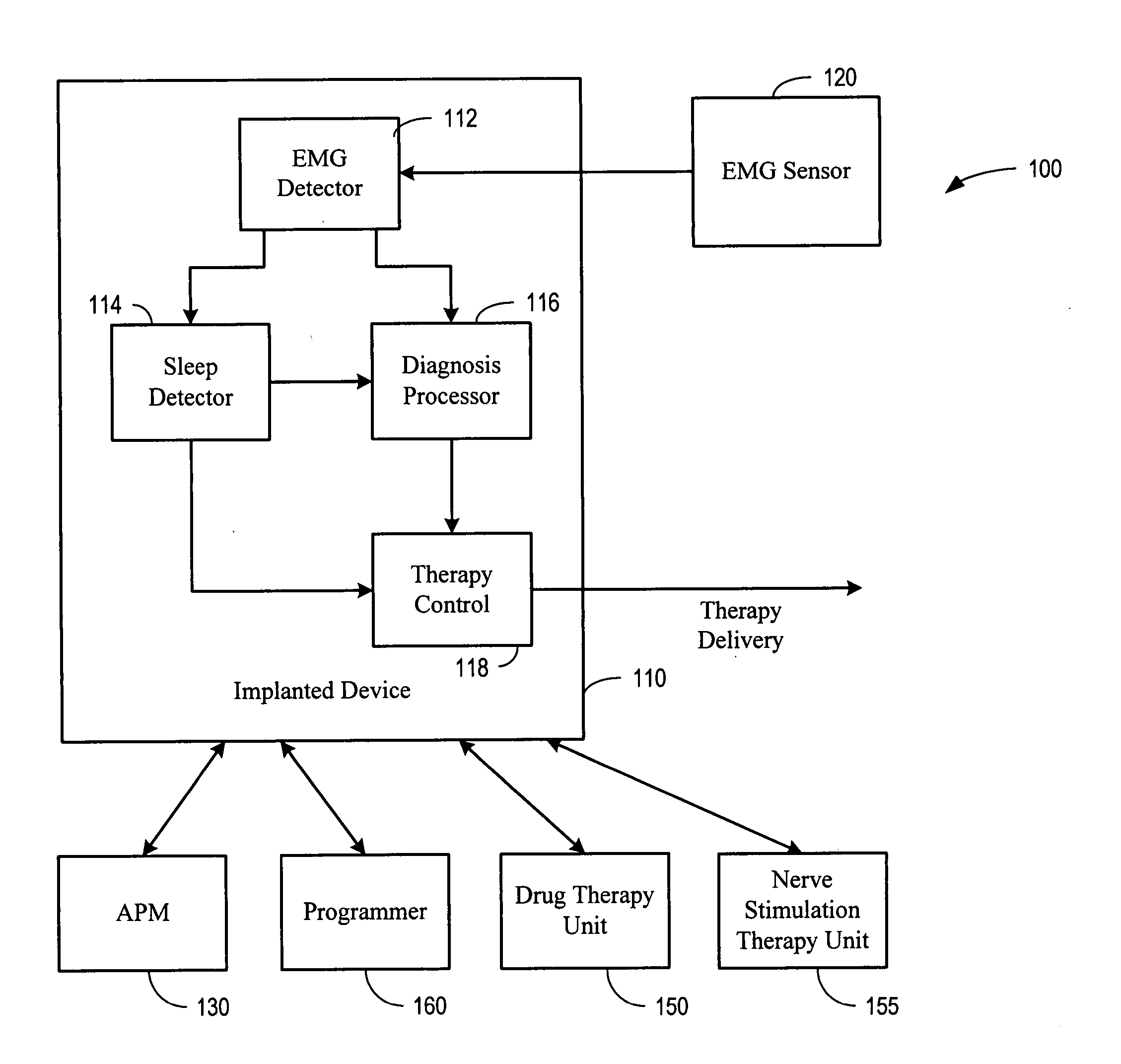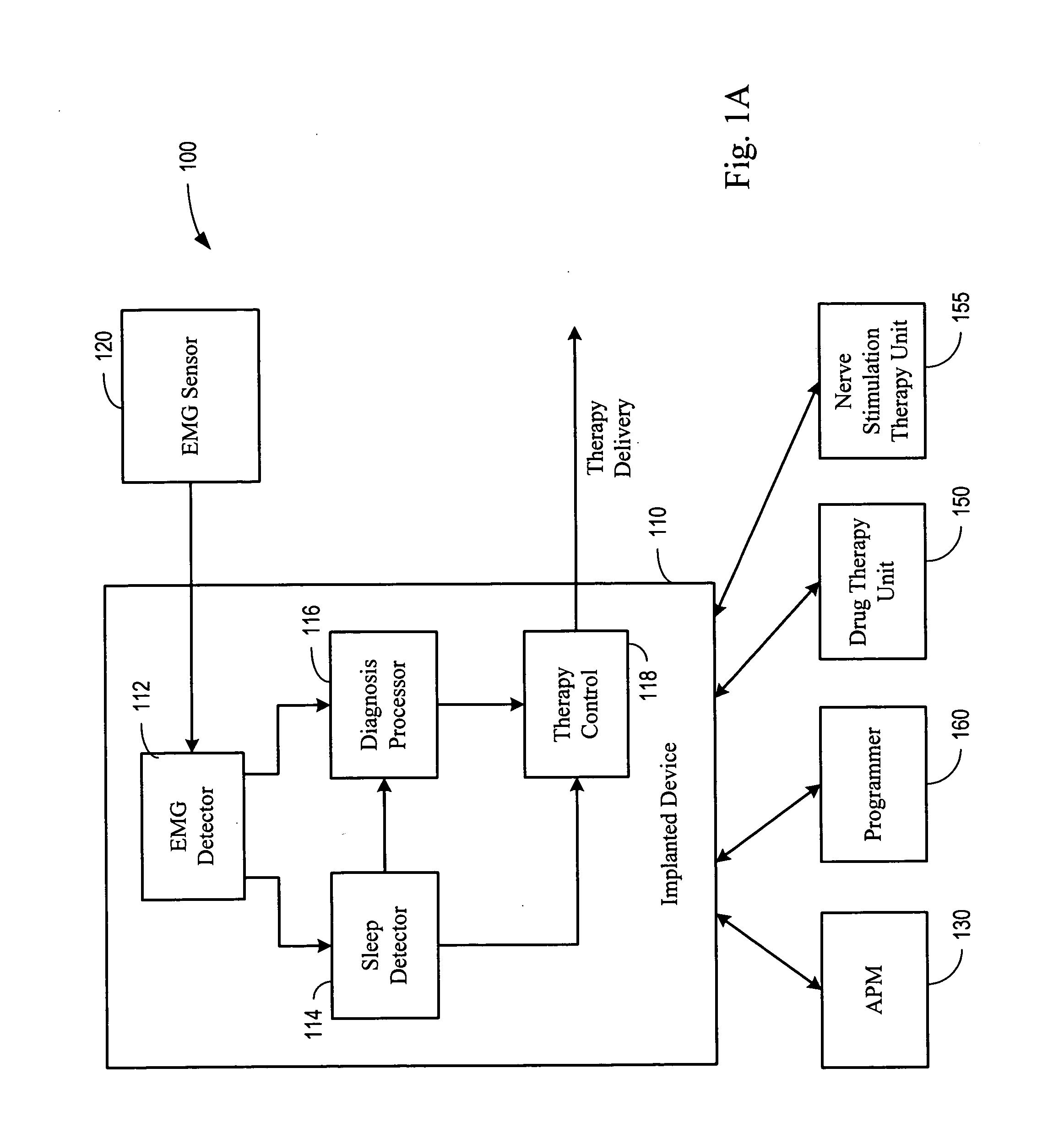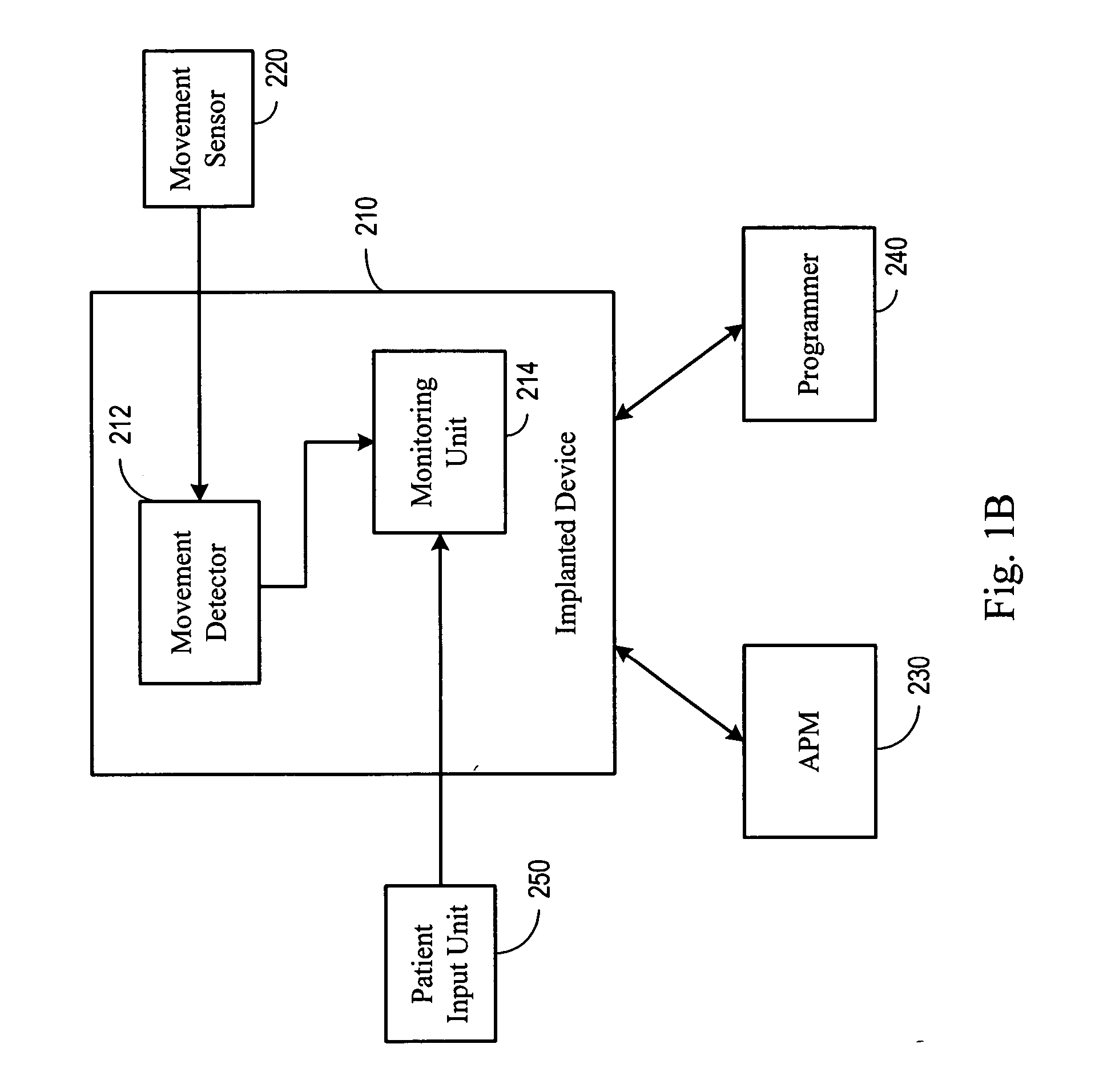System and method for detecting an involuntary muscle movement disorder
- Summary
- Abstract
- Description
- Claims
- Application Information
AI Technical Summary
Benefits of technology
Problems solved by technology
Method used
Image
Examples
Embodiment Construction
[0028] In the following description of the illustrated embodiments, references are made to the accompanying drawings, which form a part hereof, and in which are shown by way of illustration, various embodiments by which the invention may be practiced. It is to be understood that other embodiments may be utilized, and structural and functional changes may be made without departing from the scope of the invention.
[0029] Methods, devices and systems in accordance with the present invention may include one or more of the features, structures, methods, or combinations thereof described herein. It is intended that methods, devices and systems in accordance with the present invention need not include all of the features and functions described herein, but may be implemented to include selected features and functions that provide for useful structures and / or functionality.
[0030] Disorders and diseases affecting the interdependent physiological systems of the human body may be more effecti...
PUM
 Login to View More
Login to View More Abstract
Description
Claims
Application Information
 Login to View More
Login to View More - R&D
- Intellectual Property
- Life Sciences
- Materials
- Tech Scout
- Unparalleled Data Quality
- Higher Quality Content
- 60% Fewer Hallucinations
Browse by: Latest US Patents, China's latest patents, Technical Efficacy Thesaurus, Application Domain, Technology Topic, Popular Technical Reports.
© 2025 PatSnap. All rights reserved.Legal|Privacy policy|Modern Slavery Act Transparency Statement|Sitemap|About US| Contact US: help@patsnap.com



